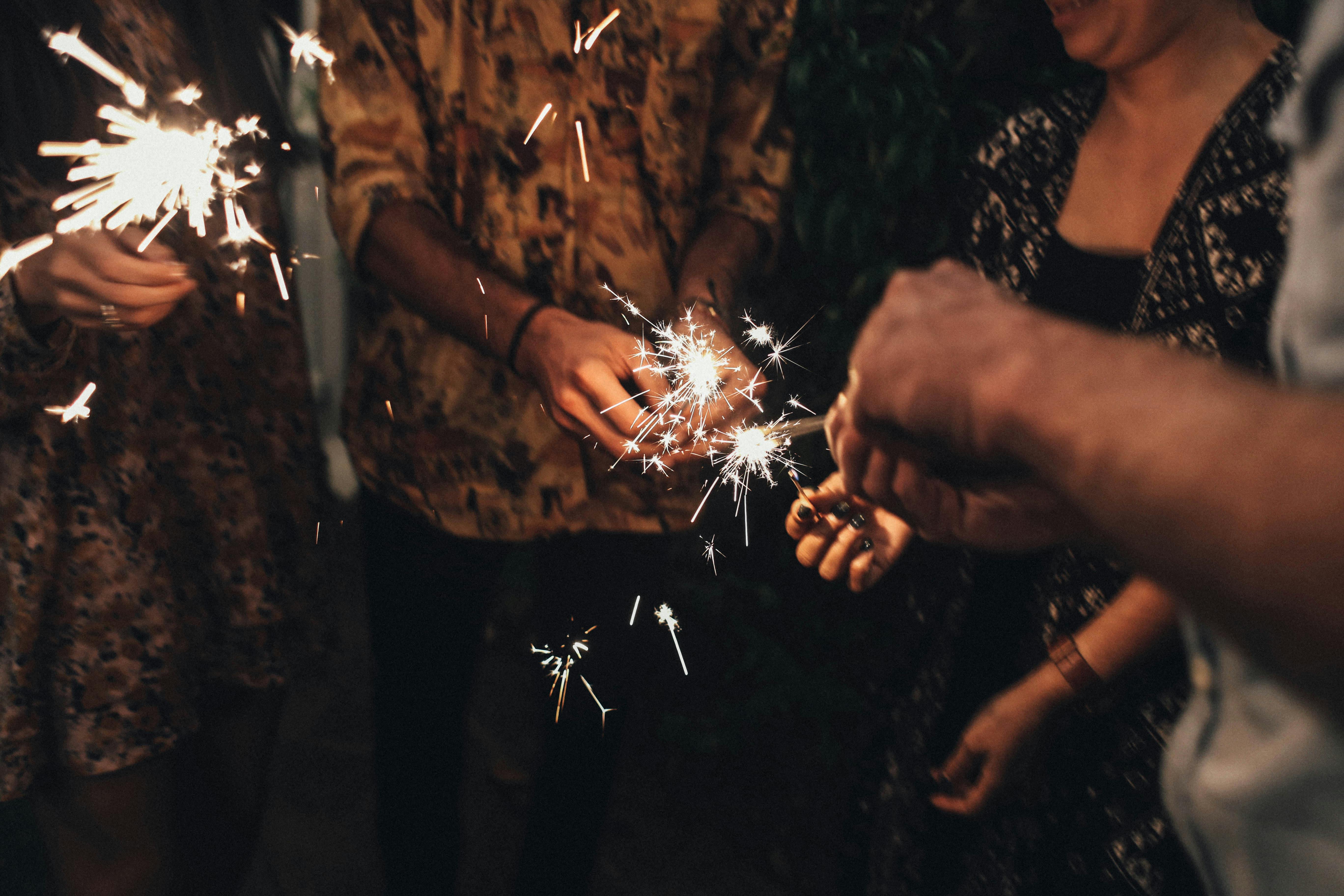Written by Thomas Pemberton-Marsh
Guy Fawkes Night is an evening of celebration, not just a family celebration, but a reflection on the strong democracy our country holds. Its name comes from the gunpowder plot of 1605 whereby the primary traitor, known as Guy Fawkes, set out to commit high treason by blowing up the House of Lords —which happened to be hosting the King (King James I), Queen, and The Prince of Wales. By luck, his plan was foiled by Sir Thomas Knyvett, the keeper of Whitehall Palace. Bonfires and fireworks are commonly spectated up and down the country to celebrate, with wooden replicas of Guy Fawkes being burnt at the stake over fire. This is how we get the name “bonfire night”.
Although these celebrations may seem rather exciting, it is important that safety matters are taken seriously, as without doing so can lead to life-changing injuries. Firstly, bonfires. Organisers of a bonfire should ensure that members of the public or family maintain a safe distance from the fire such that any jumping flames or debris is unlikely to harm spectators. In addition, ensure that a bonfire is built away from sheds, fences, trees, and anything wooden, as well as any power or telephone lines which may melt under the intense heat generated by the fire. Although an unfuelled bonfire may seem dull at first, it is best to not use any sort of petrol or artificial fuel as this can lead to a fire becoming out of control and would require the need for emergency services, who are under a lot of pressure already that evening; And, as always, never leave the bonfire unattended as monitoring the situation and having some water ready will help stop the spread of the fire if the worst were to happen.
Moving on, fireworks are fundamental to the running of bonfire night. Not only do they amaze spectators, but they also provide an epic boom which may only be heard by many at this time of year. It should be noted that fireworks are banned in public and on the university’s campus. Operating fireworks, however, provide a challenge in itself. Always purchase your fireworks from a trusted and licensed seller that contain a CE Mark. Never set off fireworks if you are under the influence of drugs or alcohol as this could cause serious injury or worse. When sober, ensure that all labels on the box are followed, including lighting the fireworks from at least an arms-length; ensuring that the box of fireworks has been placed in a hole or special holder to the depth stated, and all spectators are standing as far away as possible. Do not throw fireworks as this can lead to serious injury and place you in prison. Finally, always supervise children around fireworks as they are most vulnerable to injury in this situation. By following these guidelines and rules, we can ensure that the strain on emergency services is heavily reduced and that everyone can enjoy the fireworks experience.
As Mike Tremellen, Prevention Lead at the Cornwall Fire and Rescue Service states: “Bonfire Night is a fun time of the year for all the family but make sure you’re aware of the dangers. Bonfires and fireworks at home can easily go wrong and cause really painful injuries. We always advise to people to attend official events where it is much safer.” (to read the full quote and article go here).
Moving on, sparklers can be enjoyed by all the family (above the age of 5) and provide pleasure in the fact that shapes and names can be drawn with fire and stick around for a little while. It should be noted that sparklers can burn at about 2,000 degrees Celsius, which is hot enough to melt metal. Therefore, it should be noted that sparklers should be lit one at a time and wearing gloves is key to ensuring your safety. However, fireworks are safe to use in gardens and provide loads of entertainment for younger ones.
Although these safety tips seem obstructive, they are there to keep you and others safe. Guy Fawkes Night is a time to celebrate our democracy and showcase that we as a nation do not accept high treason or treachery. If you must light a firework or bonfire, be safe and remember to always stay as far away as is safe to do so.
Written by Thomas Pemberton-Marsh, Edited by Noah Blackham, Photography by Rachel Claire, Published by Paige Tamasi.
